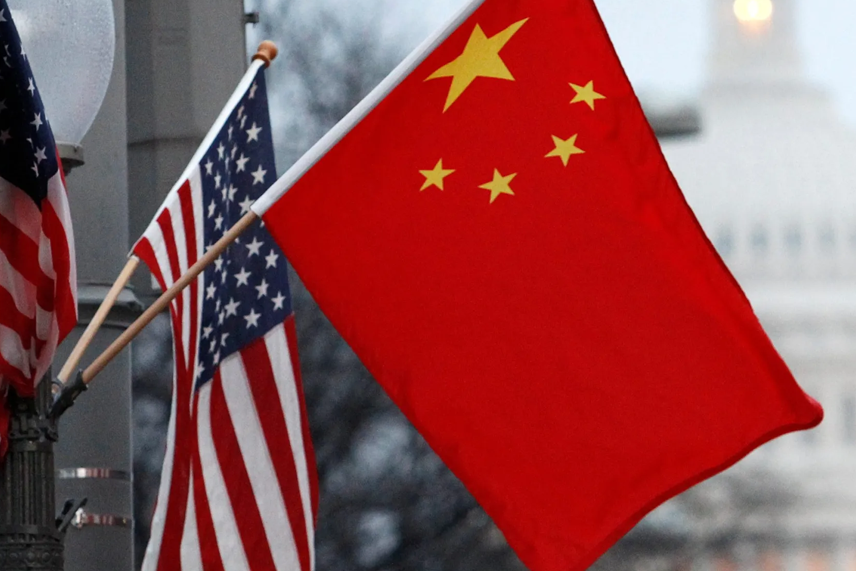- Address : P9FG+V4R, Shimutala, Matigara, Baniakhari
- /
- Email : splogos2022@gmail.com
- Home
- -Blogs Details
Blogs Details

- Nov 28,2024
- Admin
A Historical Roadmap to Understanding the United States’ Relationship with China
China and the United States are the world’s two largest economies by a significant margin, and entangled ones at that. A cursory glance at the current news cycle suggests that despite economic codependency, geopolitical rivalry dominates their entanglement. At the time of writing, the week’s news cycle reported a now-familiar refrain of U.S. arms sales to Taiwan, tariff competition, hacking scandals, predictions about war, and territorial posturing over the South China Sea—all sensationalist headlines mapping the collision course these two global powers seem locked onto. The common narrative describes rising tensions that have compounded (excepting brief punctuations of détente) since the Chinese Civil War and the proclamation of the People’s Republic of China on October 1, 1949.
But if this collision course seems inevitable, it is important to remember that the United States has been tied to successive regimes in China from the American republic’s inception. On February 22, 1784, just over five months following the ratification of the Treaty of Paris and the formal end of the Revolutionary War, the American merchant vessel Empress of China sailed for the Qing Empire. This voyage symbolized the beginning of the American people’s fixation on China, and of the mutually sustained myth of a “special relationship” between China and the United States. The cultivation of this relationship was not a state-led initiative and was often barely even state supported. It was the product of connections forged between private actors—merchants and missionaries; men and women; Americans, Chinese, British, and others—who collided in the entrepots and treaty ports along the China coast.
The China Firm examines the early American community that lived and traded in China during this first era of Sino-American contact. Through the perspective of the eminent American trading firm Augustine Heard & Co., founded in Canton in 1839 by New Englanders Joseph Coolidge, Augustine Heard, and George Dixwell, the book explains how American traders to China established themselves in the British colony of Hong Kong and in the Anglo communities that emerged in the treaty ports along China’s coast. Lacking federal or military support, these Americans embedded themselves in British colonial society. They became adept at navigating it and adapting the British imperial project to their own interests, leveraging Britain’s forcible opening of China to expand American interests in the region.




